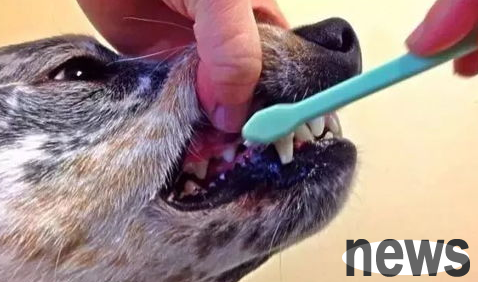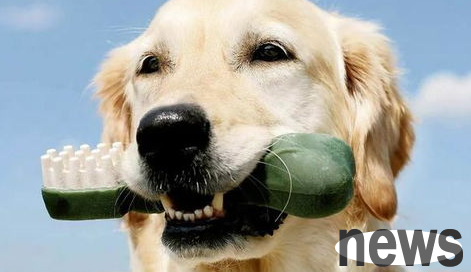As the saying goes, Toothache is not a disease, it is really fatal to hurt. Dogs also have various reasons that cause dental problems, which in turn have an impact on diet or teeth health. However, dogs are just pain-resistant than humans. Let’s tak...
As the saying goes, "Toothache is not a disease, it is really fatal to hurt." Dogs also have various reasons that cause dental problems, which in turn have an impact on diet or teeth health. However, dogs are just pain-resistant than humans. Let’s take a look at what common dental diseases are in dogs:

Periodontitis, also known as alveolar pus overflow, is an acute or chronic inflammation of the periodontal membrane. This disease involves the absorption of alveolar bones and loose teeth. Gingival atrophy is characterized. In the early stage, I have the desire to eat, but be careful, my gums are red, swollen, soft, bad breath, salivation, loose teeth, and squeeze my teeth to flow out purulent secretions or blood. The appetite gradually decreases, the affected dog shows pain, and the body surface gradually decreases.

Gingivitis is an acute or chronic inflammation of the gingival, characterized by congestion and swelling of the gingival. Anorexia or loss of appetite, abnormal or exaggerated chewing exercises, "fighting" of teeth, bad breath, salivation, bleeding from mouth or gums, difficulty swallowing, vomiting, retching, suffocation or reflux, face rubbing or head shaking, nasal secretions, sneezing, fever, depression, or local swelling of lymph nodes.
Tartars sometimes have lingual and buccal mucosa damage, and sometimes due to squeezing of dentate stones, the periosteal atrophy at the gingival and roots can be seen. It usually turns brown, dark brown, and can cause gingivitis and alveolar periostitis. When checking the mouth, gingival ulcers and salivation can be found, and the mouth has a foul smell, and food accumulation in the mucosal damage area.